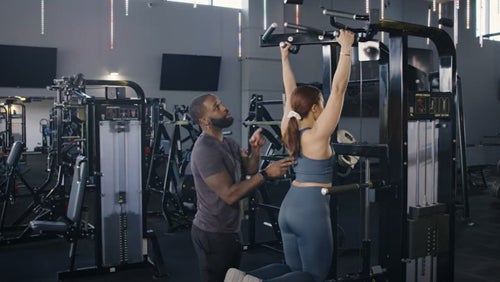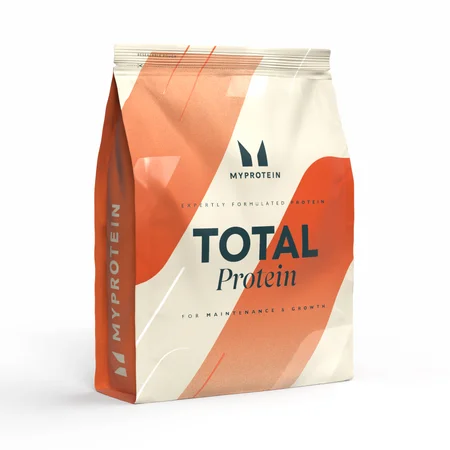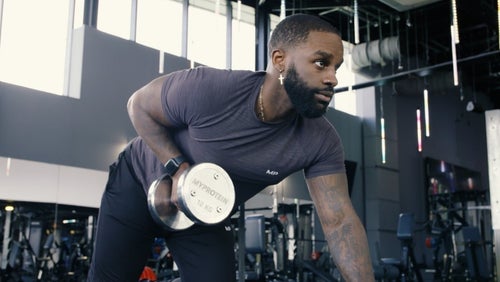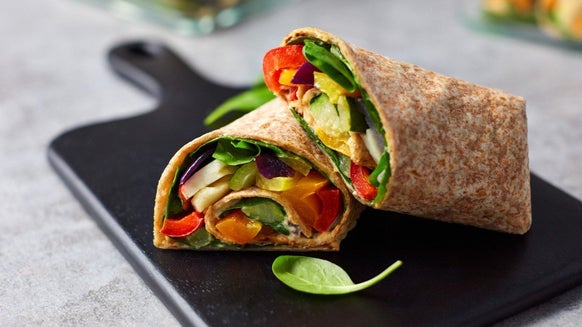Romanian Deadlift Exercise | Form & Common Mistakes

The Romanian Deadlift (AKA RDL) targets the hip extensors (glutes) and the knee flexors (hamstrings). It’s one of the most effective ways to load your hamstrings, so whether your goal is increasing muscle, strength or athletic performance, the RDL can help to bulletproof your hamstrings.
In this article:
Romanian Deadlift Benefits
Similar to the conventional deadlift, the Romanian Deadlift (RDL) recruits a lot of muscle mass, and is one of the best exercises when loading a hip hinge movement. In this section, we’ll break down some of the main reasons why you should include the RDL in your workouts.
Posterior chain strength
The RDL loads all muscles in the posterior chain — the glutes and hamstrings are the prime movers, while the upper and lower back must maintain tension throughout the lift in order to keep a neutral spine. As the movement works so many muscles, some serious posterior chain strength gains can be achieved through progressive overload if performed correctly and consistently.
Some variations that can provide similar benefits:

Five Best Deadlift Variations | Myprotein Masterclass
The variations that will turn your legs to jelly.
Athletic development
The main movement involved in the correct execution of the RDL is hip extension. This movement is fundamental in many sporting movements, since powerful hip extension will lead to a more powerful jump and faster running. The RDL also significantly loads the hamstrings, responsible for knee flexion, which is another key movement involved in athletic performance. Essentially, it can help to make you faster and stronger in your sport.
Injury prevention
The hamstrings commonly suffer from strains that occur as a result of overloading during the eccentric phase of exercise. A good example is strains during sprinting, when the hamstrings are too weak to withstand the load imposed upon them. Exercises such as the RDL, which preferentially load the hamstrings through a broad range of movement, can significantly reduce this risk of injury by strengthening tissue so it can withstand higher loads.
Romanian Deadlift Technique
Position your feet slightly narrower than hip-width apart, keep your back straight, look forward and grip the barbell with your hands around shoulder-width apart. You can grip the bar using overhand, mixed grip, hookgrip or use straps — this depends on personal preference and what works best for you.
Stand with your feet approximately shoulder-width apart, maintaining balance over the middle of your foot. You will need to either deadlift the load to the starting position (ie where you are standing upright), or unrack the bar into the starting position.
Bend your knee slightly at the =joint and pinch your shoulder blades together. Maintaining a neutral spine, slowly lower the barbell, flexing only at the hip.
Keep the barbell over your mid-foot throughout the lift, keeping the bar in close contact with the legs. Keeping the bar close and minimising any knee flexion will result in the hips being pushed back as the barbell is lowered - this should result in the sensation of tension/loading on your hamstrings.
Once you are at the bottom of the movement and you feel a deep stretch on the hamstrings, concentrically contract the hamstrings, maintaining a neutral spine until you reach the starting position, prior to initiating the following rep.
Romanian Deadlift Exercise: Common Mistakes
As with any exercise, poor form will limit your progress while also increasing the risk of injury. We’ve outlined some of the most common faults when performing RDLs, along with some simple guidance on how to fix it.
Rounding your back
Many physiotherapists argue that rounding your back when lifting is not inherently a cause for concern (eg this is one of the main elements involved in the correct execution of the Jefferson Curl), and believe it’s load tolerance that’s the issue. The problem is many people are simply unable to tolerate higher loads with a flexed spine without feeling some sort of discomfort or pain. The solution to this is to simply maintain a ‘neutral’ spine when lifting, minimising the risk of pain and helping to strengthen the posterior chain in the process.
The best way to achieve this is with proper bracing, load management (using loads you are capable of maintaining) and cues such as pulling your shoulder blades together.
Not using full range of motion
Time under tension and full range of motion are two of the key driving factors behind increased muscle mass. By limiting these you will stunt training progress, and waste your time with inefficient training. For optimal results, make sure to use full range of motion — during the RDL you should feel a significant stretch on your hamstrings when in the bottom position, but this depends on your flexibility.
Not maintaining the correct positions
Not maintaining the correct positions when performing a lift will reduce effectiveness of the exercise. When performing the RDL, these faults include:
Allowing the knees to bend more when performing the lift. By allowing the knee joint to flex, you are effectively shortening the hamstrings, minimising the stretch placed on them and minimising the amount of load managed. In combination these factors make the exercise less effective.
The barbell (or whatever apparatus you use) must remain in close contact with the legs throughout the lift — this will result in the hips being pushed back, but you should feel a stretch on your hamstrings. Many people allow the load to drift away from their legs, meaning that the lower back is then being forced to manage the load, reducing the loading experienced by the hamstrings.
More Hamstring Exercises
The hamstrings are pivotal in a well-rounded physique and during athletic performance. While the RDL is a great exercise for effectively training the hamstrings and the hip hinge movement, below we’ve suggested some effective alternatives to achieve similar results.
Barbell bridges
This exercise can be performed using a barbell, dumbbells or even just as a bodyweight exercise. Since it’s a more hip-dominant exercise, it tends to load the glutes more, and while the range of motion for the hamstrings is not as large, it can still be effective for training the hamstrings.
Glute hamstring raise
This exercise requires a piece of equipment called a glute ham developer (GHD). You can load this exercise with weight plates, dumbbells or even just perform it as a bodyweight exercise. Technical mastery is important for this exercise, since it can easily become a lower back exercise if performed with different technique.
Hamstring curls

While the RDL provides significant stimuli for the hamstrings, it’s also a hip-dominant movement, meaning the glutes are one of the prime movers. Hamstring curls can be performed in a seated, lying or standing position, depending on the apparatus used, and they offer a great alternative as they solely load the hamstrings.
Conventional deadlifts
This exercise is most commonly performed using a barbell with plates, but can also be executed effectively with dumbbells, resistance bands or cables. Because a larger number of muscle groups — and so a greater volume of muscle mass — are used during this exercise, you will tend to be able to use more load during this exercise. This is not solely a hamstring exercise, but can be very effective when developing posterior chain strength.
Take Home Message
The RDL is a fantastic exercise when it comes to developing posterior chain strength, although you may require higher degrees of flexibility in order to get the most out of it. Whether you’re looking to improve your athleticism or develop a more well-rounded physique, the RDL is for you!
READ MORE HERE:

How To Do A Pull Up: Correct Form & Technique | Myprotein Masterclass
Target your back, shoulders and arms with this simple exercise.








